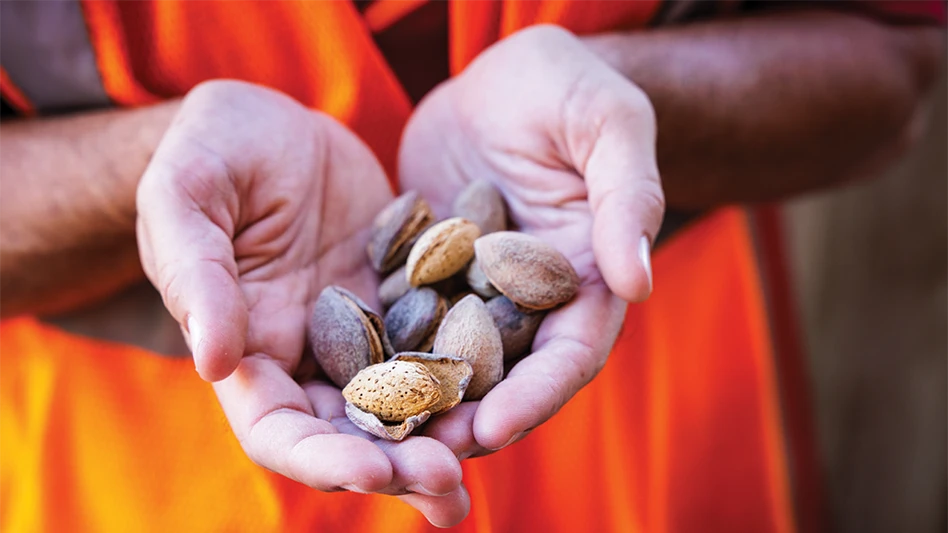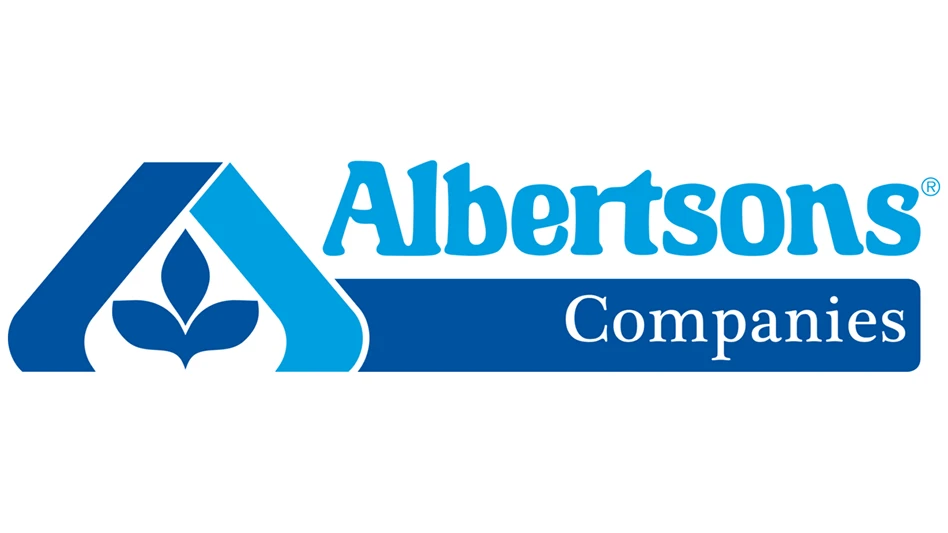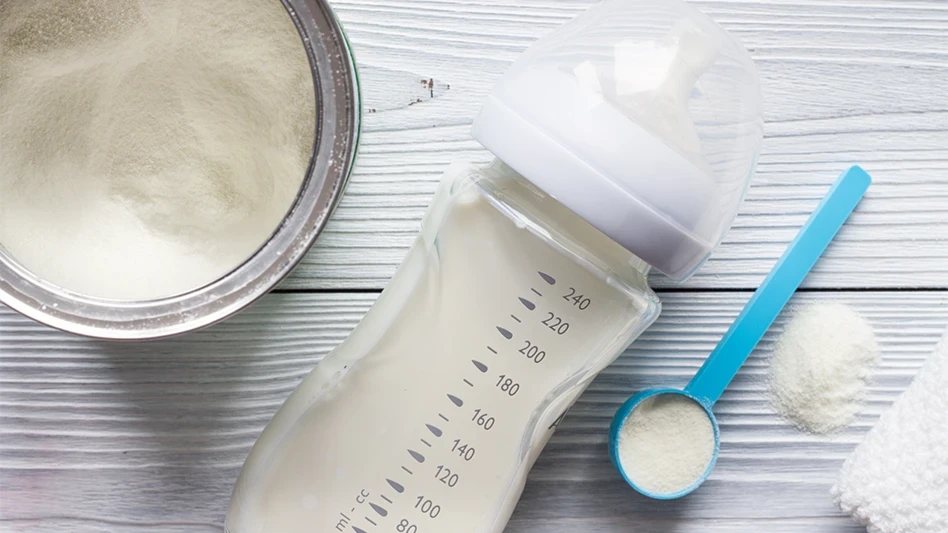By Jennifer McEntire, Vice President, Food Safety & Technology, United Fresh Produce Association and Michelle Danyluk, Associate Professor, Food Microbiology and Safety, University of Florida
In the July/August issue of QA, GMA authored a fantastic article about the difference between a risk and a hazard. These terms are indeed confused regularly, and as a consequence, the term “risk assessment” also suffers from multiple definitions.
In the produce industry, it’s common to ask growers and packers to “do a risk assessment.” Recently, we dug a little deeper to better understand the expectation. Co-author Michelle Danyluk asked more than 20 individuals who work with growers, “What’s the difference between a risk assessment and an assessment of risk?” The purpose was to gather their opinions for a talk at this summer’s IAFP meeting.
The website www.foodrisk.org — a collaborative effort of the Joint Institute for Food Safety and Applied Nutrition (JIFSAN), FDA’s Center for Food Safety and Applied Nutrition (CFSAN), and USDA’s Food Safety and Inspection Services (FSIS) — offers the following description: Risk assessment is the scientific foundation of risk analysis consisting of four steps: hazard Identification, hazard characterization, exposure assessment, and risk characterization.
A similar description is provided by Codex Alimentarius at an international level where 11 general principles are described.
But risk assessment is only one leg in the three-legged stool of risk analysis. The other legs are risk management and risk communication. Ideally, each of the three legs stands independently of one another. Risk managers typically pose the questions that risk assessors work to answer and are the ones who use the information developed by risk assessors to make decisions. Risk communicators interpret the results of the risk assessment and convey the risk management decisions.
When most true risk assessors hear the magic words “risk assessment,” they get excited because they think there will be some sort of a risk assessment with numbers behind it. This is seldom the case in produce. Generally, when we tell a grower to “do a risk assessment,” it really means “do a hazard analysis,” and the analysis is almost always qualitative. For example, GlobalGAP defines five steps for risk assessment, borrowed from the UK’s Health and Safety Executive, as:
- Identify the hazards.
- Decide who or what might be harmed and how.
- Evaluate the risks, and decide on precautions.
- Record the work plan and findings, and implement them.
- Review the assessment, and update if necessary.
The confusion between risks and hazards, and the role of risk assessment, extends into regulatory and private food safety expectations. “Risk-based” is a buzz word, but risk is not a black-or-white, yes-or-no concept. Figuring out where a hazard lies on the sliding scale of risk requires expertise that may exceed the technical expertise of many individuals working in the food system.
However, if one can acquire or tap into expertise, then taking a “risk-based” approach aids in the efficient use of resources. As an example, the GAP Harmonized Audit Standard requires that growers perform a “water system risk assessment.” This requires that growers consider the historical test results of the water source, crop characteristics, crop stage, and application method. To do this, the procedure specifies that the risk assessment shall address potential physical, chemical, and biological hazards and hazard-control procedures for the water-distribution system.
Evaluating physical, chemical, and biological hazards is the first step in conducting a hazard analysis (i.e., hazard identification). Determining control procedures requires one to understand the likelihood of occurrence of each hazard (exposure assessment) and the severity and impact of the hazard, were it to occur (hazard characterization). Focusing preventive efforts on those hazards that are most likely to occur, and that would have the greatest public health impact, will give farmers the most bang for their food safety buck. The challenge is that data, especially that regarding likelihood of occurrence and amount/quantity of a hazard if present, are scarce, preventing average food safety and quality staff from conducting a quantitative risk assessment.
When asking someone in the produce industry to do a risk assessment, it’s helpful to explain why so they can make good choices about where to put their resources to increase their chances of preventing bad things from happening. If hazard A has a 1.0% chance of happening and costs $10 to control, and hazard B has a 1.0001% chance and costs $1,000 to control, which do you address first? Just because the chance of hazard B happening is higher, it’s not necessarily the low-hanging fruit. In produce, when it comes to choosing interventions, the risk assessment typically begins to morph into risk-management decisions.
Should we abandon the use of the term “risk assessment” when it comes to produce safety, because of the potential for misuse or misunderstandings? Or is the concept well enough understood within the produce industry that it doesn’t matter what you call it, as long as it helps improve produce safety?
As a result of the thoughts that were stimulated around this topic at IAFP, the organization, in association with ILSI Europe, is providing an additional opportunity for discussion at a free webinar.

Explore the October 2017 Issue
Check out more from this issue and find your next story to read.
Latest from Quality Assurance & Food Safety
- Nelson-Jameson Earns Great Place to Work Certification for Second Consecutive Year
- Cat and Dog Food Manufacturers Required to Consider H5N1 in Food Safety Plans
- Turkey Farm in Minnesota Combats Avian Influenza with Laser Bird Deterrents
- IFT Florida Section to Host Suppliers Night Expo
- BIOIONIX Activated Water Validated for Poultry Process Water Reconditioning
- FDA Bans Use of Red No. 3 in Food and Ingested Drugs
- How Climate Change Is Affecting the Cheese Industry
- Traceability Update: Collaborating Toward Compliance





